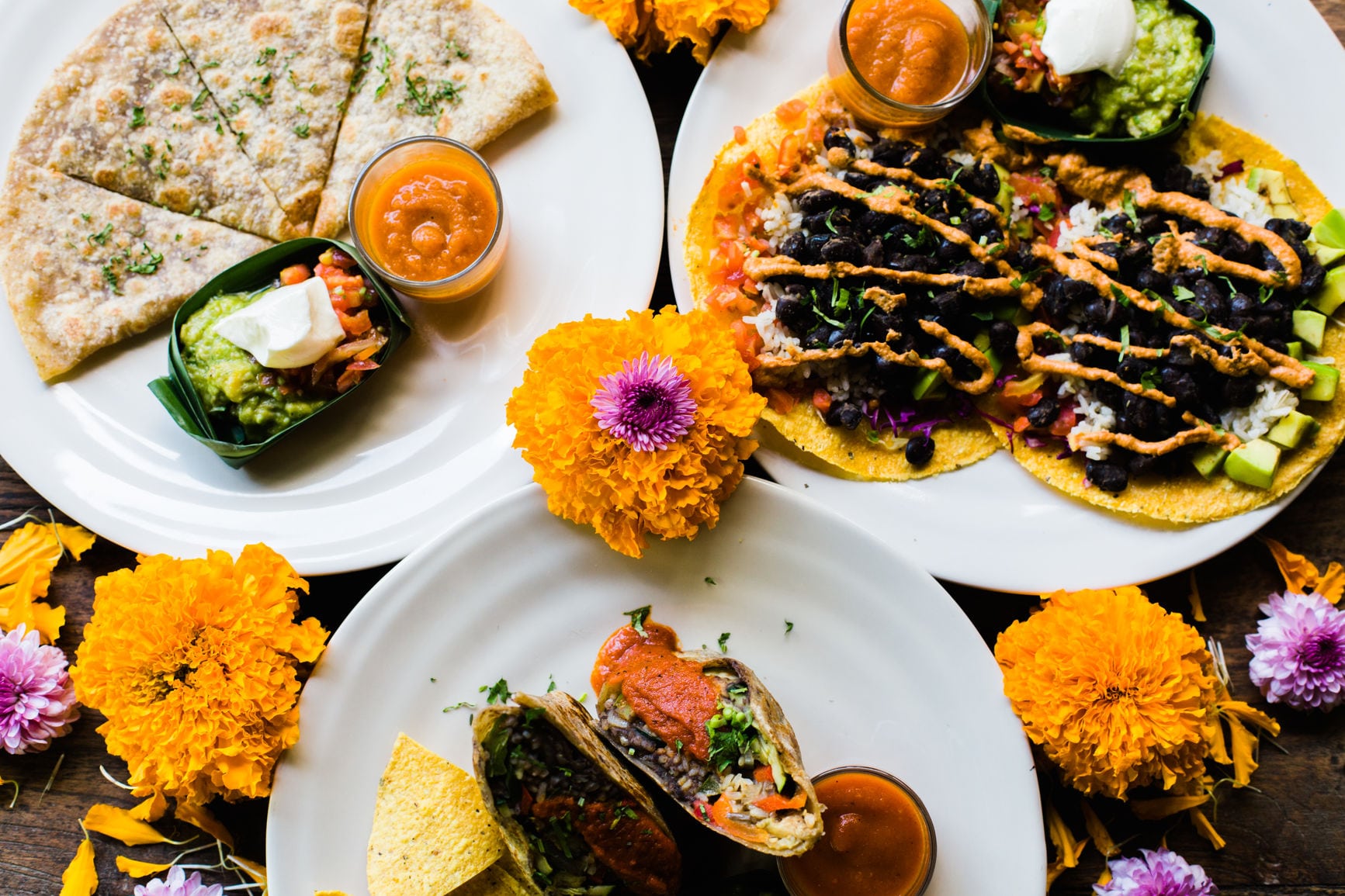No matter how small your restaurant might be, the bulk of your customers are probably online. More than 70 percent of the time, according to Forbes, potential customers will choose to patronize the restaurants, products, and services that show up on the first page of Google search results. That means your restaurant needs good search engine optimization (SEO) to stand out from the crowd. If your website doesn’t show up in a customer’s initial search, how will you capture more business?
Having an SEO strategy isn’t just for big chains with massive marketing budgets and a tech-savvy staff. There are quick and easy fixes you can make to your restaurant’s web presence to drive the right traffic to your website and increase the visibility of your business online. By mastering SEO for your small business, you can reach the local diners who make up your most important customer base. Here’s how to get started.
Why You Want Your Website Optimized
If you don’t have a large marketing staff, or if you’re managing your web presence all by yourself, it’s easy to get overwhelmed by restaurant SEO. That’s why we’re here to help. At the heart of it, SEO is really about two things, say the marketing experts at HubSpot,: optimization helps improve your business’s rankings in Google search results and increase your overall visibility online.
Essentially, a strong SEO strategy translates into more sales. Restaurant websites that use SEO effectively have better local search results, drive more qualified leads to their website, and fill up their dining rooms with hungry guests. A good SEO strategy is often only a mindset shift away. It may only take a few tweaks in your content management system to optimize your current site—but first, you’ll need to strategize.
Know Your SEO: Why You Need a Restaurant SEO Strategy
Like all marketing tactics, an effective restaurant SEO strategy requires planning and research. Sure, you can write blog posts that contain meaningful keywords, but if you don’t know how your customers are finding your website in the first place, it will be difficult to generate the kind of online traffic that leads to a full dining room or a busy delivery service.
Before you begin, consider who your target audience is—and how they might search for you online. For example, if you’re a pizzeria in Miami, you may want to generate keyword phrases that include your restaurant name, as well as the keyword phrases customers would use to search for your business. Which means your restaurant needs more to its SEO strategy than generating simple tags like “Mike’s Pizza.” You’ll need other keyword phrases, too, like “Mike’s pizzeria Miami” or “Mike’s Pizza South Beach.” You can play around with Google searches yourself, or, if you feel comfortable with analytics, run reports on the keyword searches that led customers to your site over the past month. For example, in Google Analytics, you can track the “queries” that brought visitors to your site. You can also research and develop keywords using tools like Google Ads: Keyword Planner and SEO Monitor.
Once you have a good idea of how your audience searches for your business online, there are several concrete steps you can take to improve your restaurant website’s SEO, generate organic traffic, bring qualified leads to your site, and get new diners through the door.
Step By Step: How to Master SEO for Your Small Business
1. Claim Your Business on Google
Google’s “Google My Business” listing for your restaurant might not directly impact the content of your website, but claiming this listing will improve your restaurant SEO. Restaurant owners who have claimed their “Google My Business” listing see an uptick in business rankings for Google features like Local Pack, Local Finder, and Google Maps, in addition to Google search results. This helps increase your online visibility, so you can reach more local customers. Claim your “Google My Business” listing by visiting https://www.google.com/business.
2. Add Your Address, Phone Number, Menu & Opening Times to Your Google Listing
Once you’ve claimed your Google listing, add up-to-date contact information, including your address, phone number, and business hours. Including menu items will also help diners make more informed decisions about your restaurant. And while you’re able to edit all this information from your Google dashboard, Google crowdsources information from its users, too. Remember to log in to your Google Business listing occasionally to ensure that your information is accurate and up to date.
3. Claim Additional Business Listings and Local Citations
Whether you’re on every delivery service website or just one, it’s important to claim additional business listings, like those at Yelp or ezCater. Not only will this give you more ability to respond to or showcase customer reviews of your restaurant, but it will also help improve your overall restaurant SEO and bump you up in search engine rankings.
4. Improve Title Tags on Your Website
When a user does a search query, typing in a keyword, Google ranks the results and returns the websites that contain the most relevant information. That’s why using keyword phrases in your website copy—including adding keyword phrases to the titles of your individual pages—is so important. This step will directly impact which page of the search results your restaurant website turns up on. In order to improve your restaurant website’s SEO, use strong keyword phrases in your title tags and in any “H1,” or headline, markup. These are great places to experiment with the search terms you’ve researched, like our “Mike’s Pizza South Beach” example from above. Or use Google Keyword Planner to help you get even more specific to your audience and demographic.
Likewise, most content management systems will allow you to customize the URL for each page on your website. Editing your URL to include relevant keywords will help your restaurant shoot to the top of SEO rankings.
5. Upload Pictures to Include “Alt Text”
While your customers might love artfully arranged images of your latest dinner or catering specials, Google will only give you credit for the words you use to describe these photos. Use the “Alt Text” field in your content management system to describe your photograph—but remember to inject relevant keywords. Do this every time you upload a new photograph in order to improve your restaurant website’s SEO.
6. Optimize Your Website and Content for Keywords
As you have time, go back and use relevant keywords for any pages that are already up and running. Your “home” and “about us” pages, as well as your “menu” page, will all have hidden opportunities to beef up your restaurant SEO. Look for customizable fields in your content management system, like URLs, titles, tags, meta descriptions, and image alt text. Every field should contain relevant keywords.
Many “SEO for small business” guides also emphasize the importance of generating regular new content. Restaurants can do this, too. If a restaurant blog feels like a bit of a stretch for your food truck or catering business, remember that content can also include social media-friendly photographs, videos, and infographics. For example, maybe you want to celebrate your new seasonal beverages with a quick promo video, or explain your latest meal combos with an infographic. Just make sure you’ve included relevant keywords in the title of the post, the body of the post, and in any image alt text to help boost your rankings.
7. Upload Your Menu
Customers want to view your menu items—and they increasingly don’t have to click through to your actual website to see them. That’s why it’s important for restaurants to take advantage of all the third-party services that allow you to claim a listing, add a menu, and take charge of your SEO.
When a potential customer Googles “Mike’s Pizza South Beach menu,” for example, you want them to see your most up-to-date menu—right in the search results. Use the Google My Business dashboard to make sure your restaurant is taking advantage of this easy SEO strategy. Learn more about updating your menu on Google here.
8. Showcase Reviews
Customer reviews and testimonials are not only great for business, but they help improve your SEO rankings, too. Google started aggregating customer reviews of businesses in 2016, which means you’ll need a customer review strategy to improve your reviews and drive traffic to your site. According to Corey Morris, an SEO expert for Search Engine Journal, “[a] higher star rating likely means a higher click-through rate to your site—and more foot traffic.” Visibility and foot traffic are the name of the game, here.
Want to capture more online catering orders?









